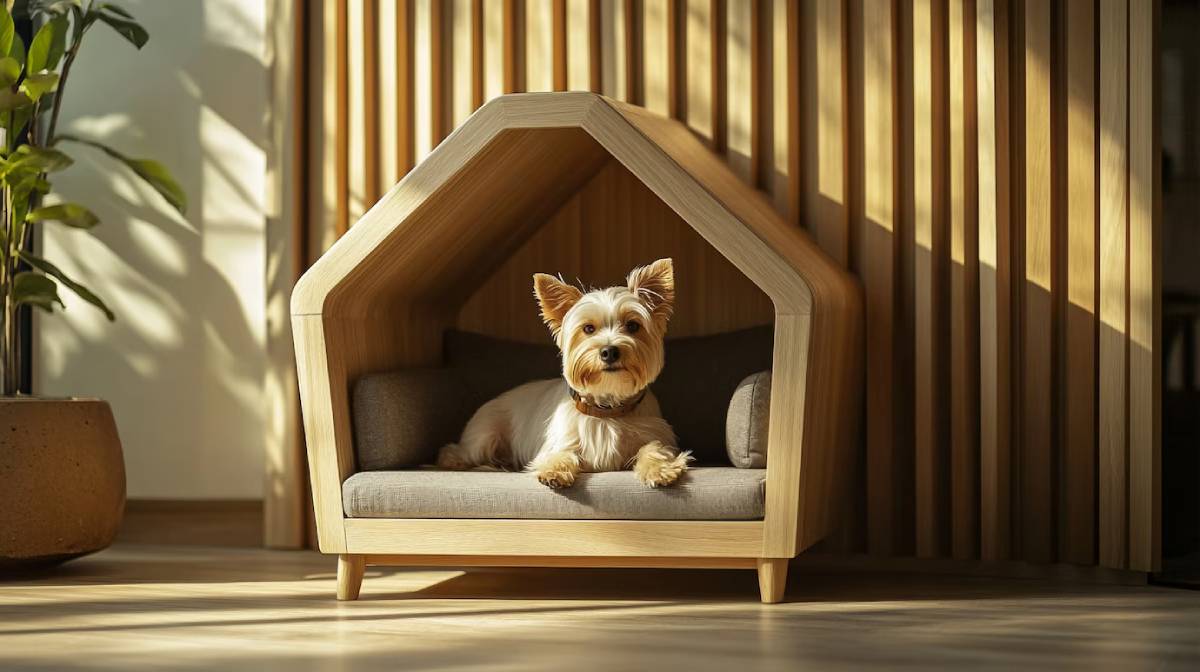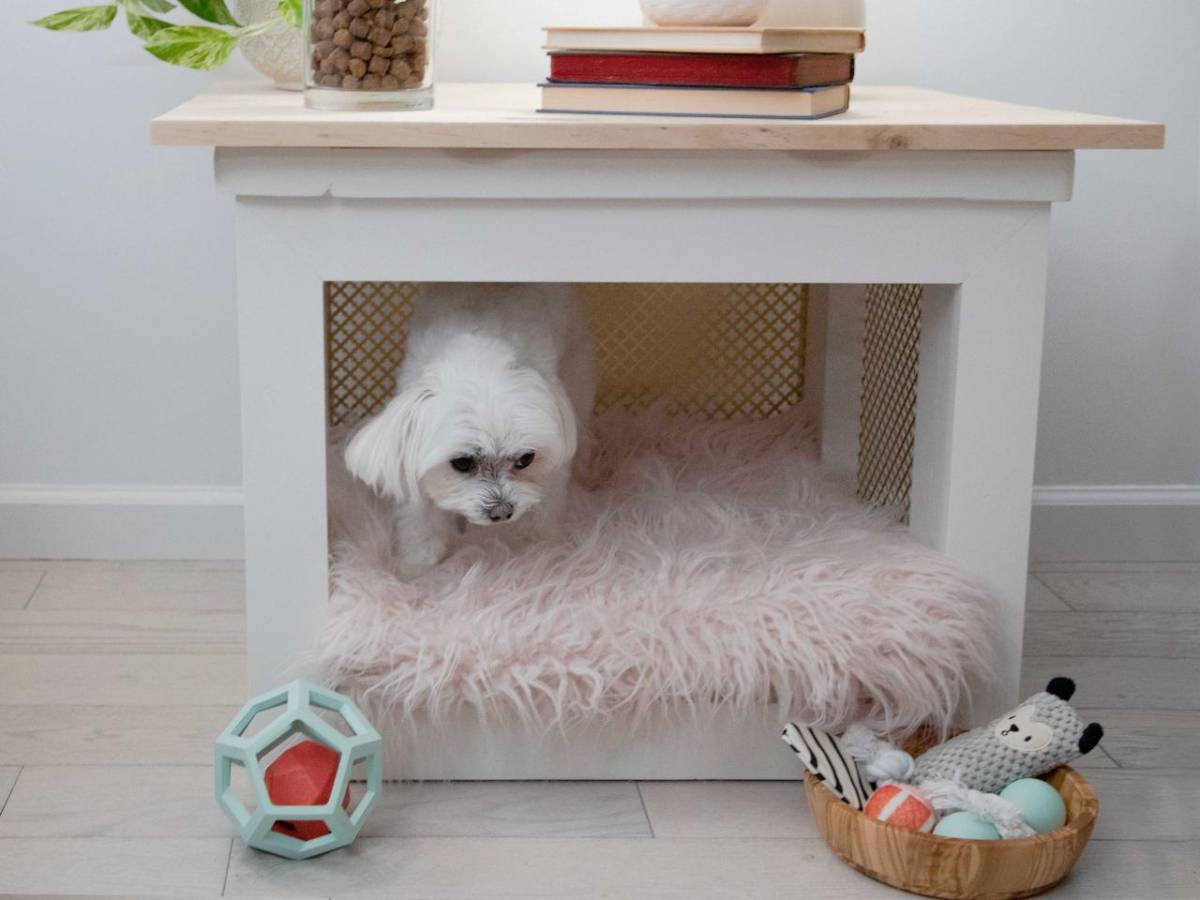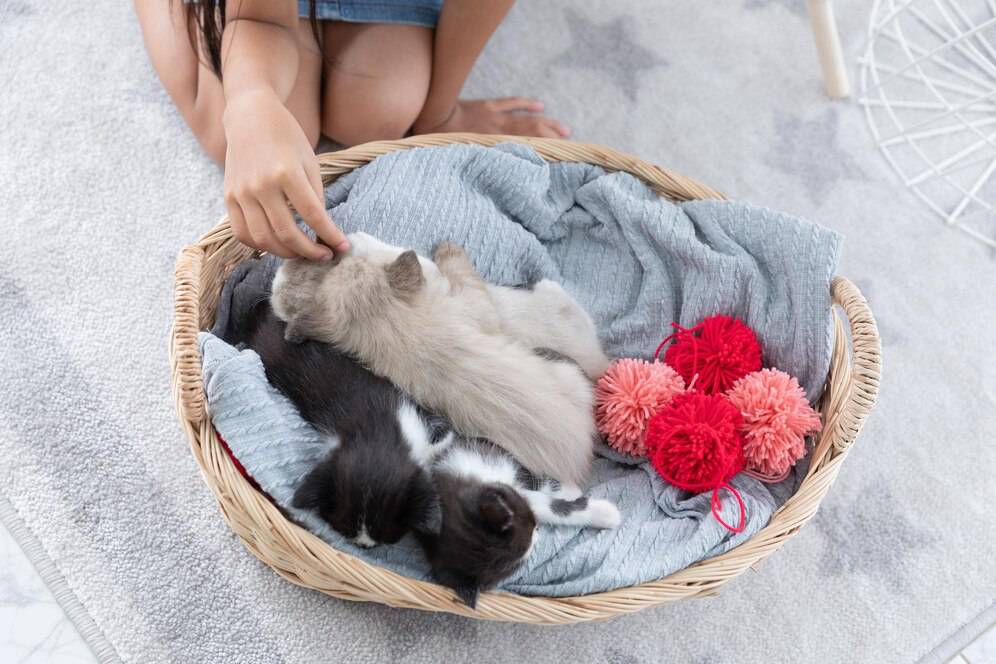
DIY Pet Beds from Upcycled Materials: A Sustainable Way to Pamper Your Pet
When we create things for our pets, sustainability and creativity are paramount. So, one fun project is crafting upcycled materials into a pet bed. This avoids waste and shows your creativity. This blog explores how to create better pet beds using surplus or unwanted materials you may otherwise discard, turning them into a cosy resting place for your furry friends.
Recycling means transforming waste into new and useful products. More people are becoming aware of their environmental impact. Making an upcycled pet bed lets you merge sustainability with creativity. Your pet gets a cosy place to rest while you reduce waste. Let’s dive into the world of upcycled pet furniture and find out how to create a unique, stylish, and eco-friendly bed for your pet.
Key Benefits / Why It Matters
Environmental Impact
Creating an upcycled pet bed has a positive impact on the environment. By repurposing materials, you help reduce waste, save resources, and lower the carbon footprint of new products. Every piece of fabric or old furniture you upcycle means less waste in landfills. You could also try creating Pet feeding stations, which could be a good approach
Cost-Effectiveness
Making a DIY pet bed from upcycled materials is budget-friendly. Instead of buying a new bed, which can be pricey, you can use items you already own. Old blankets, pillows, or even a worn-out piece of furniture can be transformed into a comfy bed for your pet at a much lower cost.
Customisation and Personalisation

Another great reason to create a DIY pet bed is the chance to customise it. You can make it fit your pet’s needs and your style. You can adjust the bed for comfort if your pet likes a soft surface or a firmer base. Plus, you can match the bed to your home decor for a seamless look.
Durability and Quality
Using high-quality materials you already own ensures your pet bed will last. Unlike cheap commercial beds, your upcycled creation can be strong and reliable. The durability depends on the materials you choose.
Additional Expert Tips & Common Mistakes to Avoid
Choosing the Right Materials

When picking materials for your upcycled pet bed, focus on durability and safety. Choose fabrics that are easy to clean and tough. Natural fibres like cotton or wool are great choices because they are breathable and comfy for pets. Avoid materials that could be harmful if swallowed, such as those with chemicals or small parts.
Proper Construction Techniques
Pay attention to how you build your DIY pet bed to ensure its durability. Reinforce seams and edges to withstand daily wear. If using wood or other hard materials, sand rough edges to prevent injuries. Secure all parts firmly to avoid loose pieces that could be dangerous.
Avoiding Common Pitfalls
A common mistake in making upcycled pet furniture is not considering your pet’s size and weight. Ensure the bed is big enough for your pet to stretch and move comfortably. Also, place the bed in a quiet, draft-free area where your pet feels safe.
Advanced Insights / Expert Recommendations
Incorporating Multi-Functional Elements
To elevate your DIY pet bed, think about adding multi-functional features. For example, design a bed that doubles as storage for pet toys. This maximises space and adds practicality to your creation.
Utilising Innovative Upcycling Techniques
Explore creative upcycling techniques to give your pet bed a unique flair. Use patchwork quilting with fabric scraps or create a frame from an old suitcase. You could also add natural materials like untreated wood or bamboo for charm.
Embracing the Circular Economy
By upcycling, you support the circular economy, which focuses on sustainability. This system keeps resources in use longer. Embrace this idea by constantly looking for new ways to repurpose materials and reduce waste in pet projects and daily life.
Eco-Friendly Comfort for Your Pet
Creating an Upcycled DIY Pet Bed: A Fun and Eco-Friendly Project This way, you’re giving your furry friend a cosy and personalised spot to rest and, at the same time, putting a smile on Mother Earth! Upcycled pet furniture demonstrates how we can transform waste into something beautiful and practical as we look for more sustainable ways to live.
So, go out, find your items, research your ideas, and build an atypical natural pet bucket. Your pet will love its new cosy retreat. You can also make toys for your pet, and you’ll help the planet with your thoughtful crafting. What innovative upcycling ideas will you explore next?